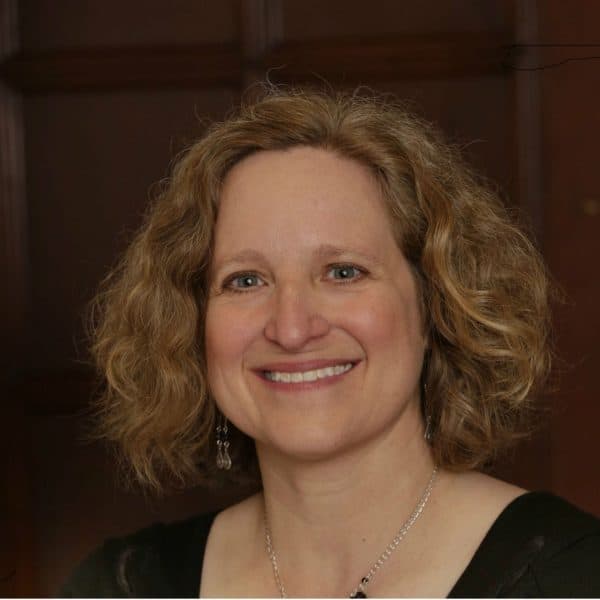Advertisement
Commentary
Mourning The Dead — And The Loss Of Our Refuge
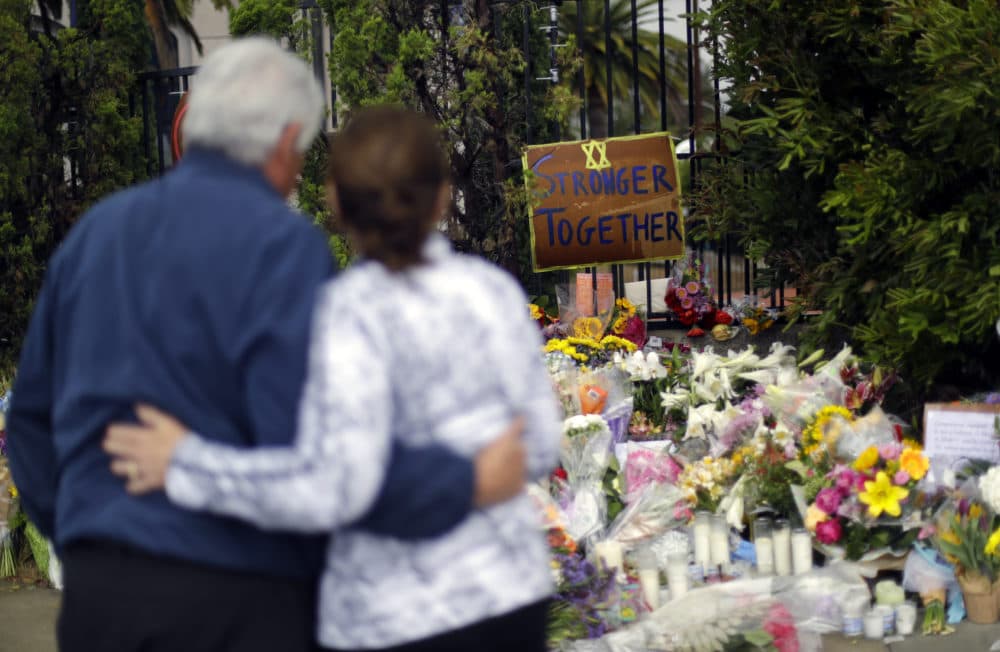
Going to temple to say the Mourner’s Kaddish for a loved one is one of the most precious rituals of my Jewish faith. It also can be a personal act of courage. Every time we go, we take our private grief in front of our community. But none of us expect that we may lose our own lives in the process.
Lori Gilbert-Kaye, the 60-year-old woman who was shot and killed at the Chabad of Poway Synagogue near San Diego last Saturday, went to synagogue to say the Kaddish in memory of her mother. Saturday was the final day of Passover, which includes Yizkor, or memorial service, for Jews to remember deceased family members.
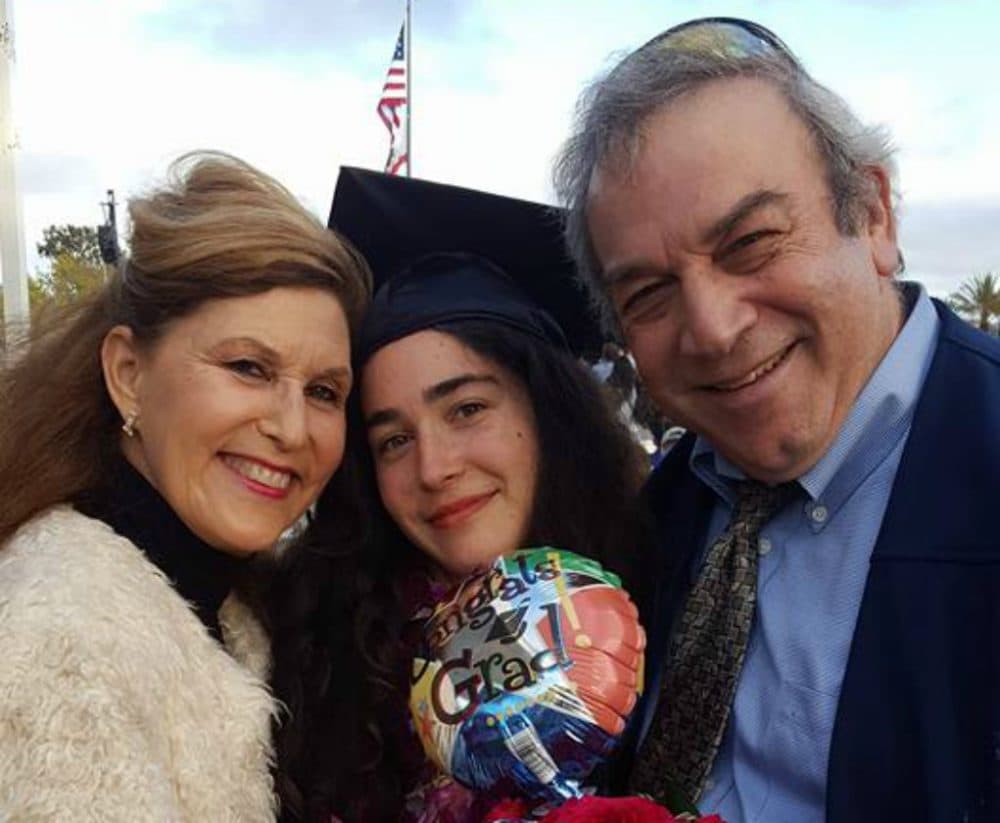
In Gilbert-Kaye, I saw a bit of myself. I, too, have been drawn to my temple to say the Mourner’s Kaddish for my mom and for my brother. Gilbert-Kaye’s husband and 22-year-old daughter accompanied her on Saturday. My husband and son, Simon, who’s 11, go with me.
Gilbert-Kaye grew up in a religious family and knew our religion’s traditions well, according to news reports. My embrace of ritual and the Mourner’s Kaddish came later.
When my 23-year-old brother Kevin died in a car accident, I was 21, and uneducated about my faith. A rabbi I didn’t know led us in the Mourner’s Kaddish at the funeral in early March 1986. I stared at the service pamphlet provided by the funeral home and mumbled through unfamiliar Hebrew words. I read the English translation in bewilderment. The prayer offers no direct comfort for mourners and no words about death. The Kaddish repeatedly exalts God before ending with a plea for peace for ourselves and Israel. What was the point of praising God when I was in the throes of grief? The Kaddish did nothing to relieve my pain more than 30 years ago.
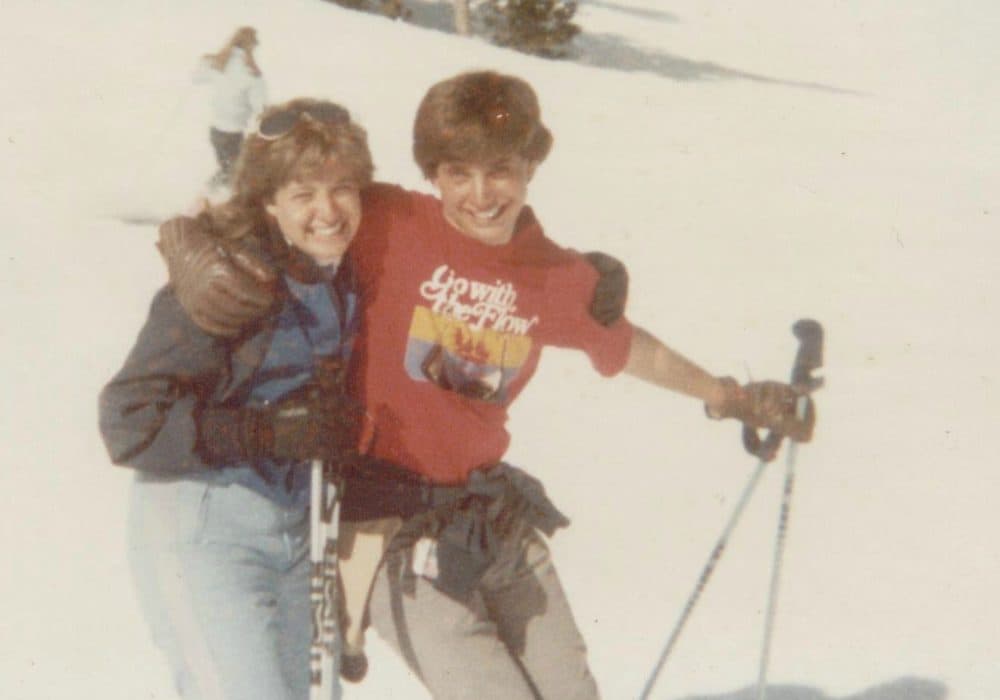
But over time, as I tried to dim the ache of my grief over losing my fun-loving brother, I drew closer to Judaism. I began to treasure saying the Mourner’s Kaddish. It wasn’t about the words. It was about the act of doing it and surrounding myself with family and community for solace.
The practice for mourners is to say the prayer at Shabbat services through the first year of mourning; on the annual anniversary of our loved one’s death; and during Yizkor, a memorial service held during four Jewish holidays. I did not belong to a Jewish house of worship or go to services until more than a decade after my brother’s death. Now, I would never miss that annual period of remembrance for him each March and more recently, for my mother, every August.
After living for a decade with Parkinson’s disease, my mother died at age 80 in 2016 from sepsis, an infection. She had had to use a walker and the Parkinson’s had sapped her voice. Still, her death was sudden. I had seen my mother three weeks before she died, and she’d felt well enough to play Uno with me and Simon, who was then 8 years old. I never got a chance to say goodbye to Mom or Kevin. The Mourner’s Kaddish helps me bid those goodbyes.
Advertisement
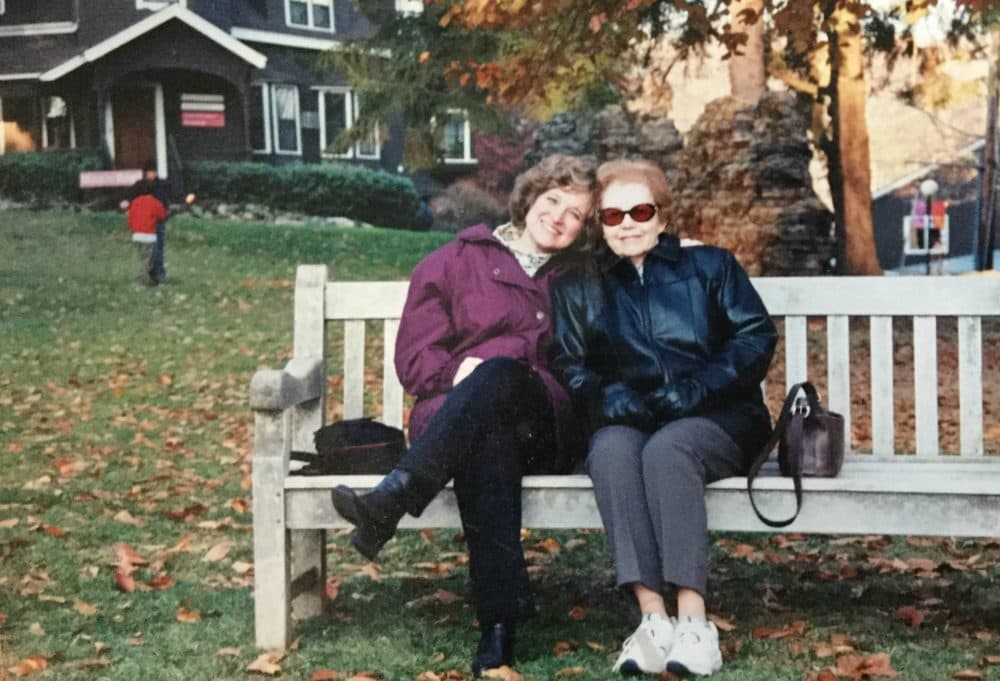
The year after my mom’s death, Simon and my husband, Pavlik, accompanied me to services. Simon held my hand when the rabbi read my mother’s name. He looked at me and his eyes, like mine, were tearing up. I lost Mom. He lost his Grandma Dorothy. I could barely recite the prayer’s words at that service, but at least the words had come to mean something. They were an attempt, I realized, to say, “God, we praise you. We miss our son or daughter, our mother or father, brother or sister, but we are still standing. We remember them.” All around, members of my temple stood. Some were fellow mourners. Some were not, but they stood in a show of solidarity.
I have always felt safe saying the Kaddish in the sanctuary, sensing that my community is enveloping me in a blanket of comfort. The 19-year-old suspect in this latest synagogue shooting — a self-described “white supremacist” — stole that moment from Lori Gilbert-Kaye and turned her family into mourners.
The shooter, and the perpetrators of the killings of 11 Jews in Pittsburgh, 50 Muslims at New Zealand mosques and more than 250 people, mostly Christians, on Easter Sunday in Sri Lanka, took something beautiful from so many of us.
Whether we are Jewish, Muslim, Christian, Sikh or of another faith, we may never look at our houses of worship as true sanctuaries again.
This segment aired on May 3, 2019.
